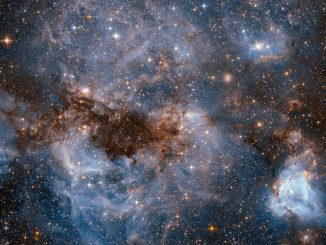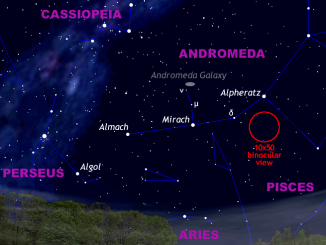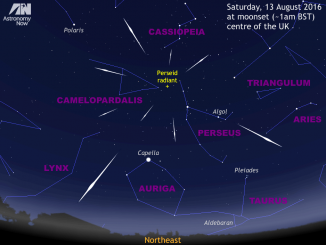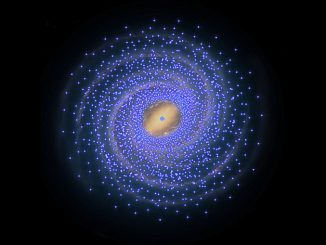
Milky Way


Rare fossil relic of early Milky Way discovered
A fossilised remnant of the early Milky Way harbouring stars of hugely different ages has been revealed by an international team of astronomers. Terzan 5 resembles a globular cluster, but is unlike any other cluster known. It contains stars remarkably similar to the most ancient stars in the Milky Way and bridges the gap in understanding between our galaxy’s past and its present.

Hubble peers into the maelstrom
This NASA/ESA Hubble Space Telescope image shows a stellar nursery known as N159 — a maelstrom of glowing gas and dark dust within one of the Milky Way’s satellite galaxies, the Large Magellanic Cloud (LMC). N159 is located over 160,000 light-years away. It resides just south of the Tarantula Nebula, another massive star-forming complex within the LMC.



Massive galaxy discovered made almost entirely of dark matter
An international team of astronomers has discovered a massive galaxy that consists of 99.99 percent dark matter. Even though it is relatively nearby, astronomers had missed the galaxy, named Dragonfly 44, for decades because it is very dim. The galaxy lies about 300 million light-years away in the constellation Coma.

Fermi space telescope expands its search for dark matter
Dark matter, the mysterious substance that constitutes most of the material universe, remains as elusive as ever. Although experiments on the ground and in space have yet to find a trace of dark matter, six or more years of data from NASA’s Fermi Gamma-ray Space Telescope has broadened the mission’s dark matter hunt using some novel approaches.

Get ready for the Perseid meteor shower peak of 11-12 August
With a waxing gibbous Moon setting at 1am BST for the UK on the night of 12-13 August, observers will have dark skies for what could be a Perseid meteor shower to remember. Some theorists believe that Jupiter’s gravitational influence has deflected more particles from parent comet 109P/Swift-Tuttle into Earth’s path for a spectacular show.

Keck Observatory measures oxygen in galaxy 12 billion years ago
Astronomers have made the first accurate measurement of the abundance of oxygen in a distant galaxy. Oxygen is created inside stars and released into interstellar gas when stars die. Quantifying the amount of oxygen, the third-most abundant chemical element in the universe, is key to understanding how matter cycles in and out of galaxies.

A giant stellar void in the Milky Way
A major revision is required in our understanding of the Milky Way Galaxy according to an international team led by Professor Noriyuki Matsunaga of the University of Tokyo. The Japanese, South African and Italian astronomers found a huge region around the centre of our own galaxy which is devoid of young stars.
